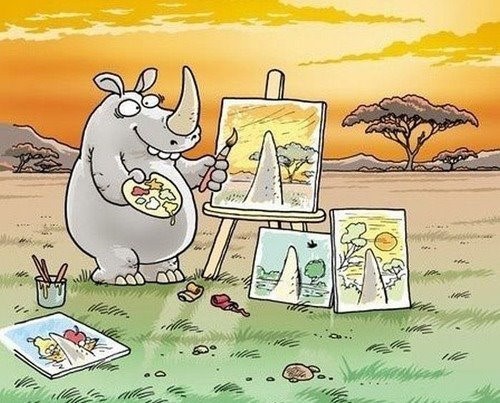THE ZALT BUBBLE with Zandy
It’s been summer… Do you still think of the Jaws movie every so often when you are swimming in the ocean? Yep, I thought so. And if it’s not conscious it is definitely there… lurking in the back of your mind… It’s bizarre when you actually think about how fake the shark is in that classic film. Just hearing the Daaa Nah, Daaa Nah…. Can send shivers up my spine. If you feel the need to hear it again, here it is….
Over the holidays I watched a documentary on Steven Spielberg (even being a non-movie buff I really found it quite interesting). What stood out to me was that the whole Jaws movie was made on the premise “It’s the things we can’t see that we are most afraid of”.
Early into filming the shark prop, affectionately known as Bruce, broke and was too expensive to fix (no one expected the film to be a hit!). So Spielberg made us terrified of the shark without actually showing us much of it. He created tension by emphasising what we were thinking but couldn’t see – water swirling making us think that it was a huge underwater monster pulling a pier apart… everyone running in terror.

Often when I am in individual preparation sessions preparing for a facilitated discussion, I am aware that a participant is “scared”. I also know that sometimes if I can just support them into the room and get the conversation started things will get better. Often our protective imagination mixed with emotion and experience has us terrified of the things based on a glimpse, or something we can’t see and probably isn’t even there, but feels overwhelmingly real. It’s like I’m on the set of the Jaws film (or a more modern equivalent) and I ask, ‘is it possible that the shark you are fixated on isn’t real?’ and help them find different lenses to see things through.
Don’t get me wrong, there can be dangerous things in the water and so too in a difficult conversation, but often it’s the things we are anticipating from the swirling water, things like: that the other person will be irrational, or abusive or fake, that actually freak us out. Whereas the swirl may just be a water current and the other person is ready to apologise, or make change or to listen. Sometimes because participants have avoided each other or been kept apart (perhaps through roster changes or a relocation) they and their issues remain lurking in depth and become “bigger and scarier”.

In these scenarios, one activity I have used successfully is “finding the facts”. I get participants to write what has happened and then get a highlighter and go back and highlight ONLY the facts, not perceptions, understandings nor thoughts. There is a bit more to this activity and during it I ask lots of rigorous questions. I am happy to share this all with you so please get in touch if it is of interest.
It draws on the intriguing field of narrative therapy. If you want to know more about narrative mediation this article gives a history of its practice.
So, if you know of a situation that needs some support to see things differently please be in touch.

If you enjoyed reading this you might also like these:
Understanding Donald Duck; Emotional Olympics in your workplace;



